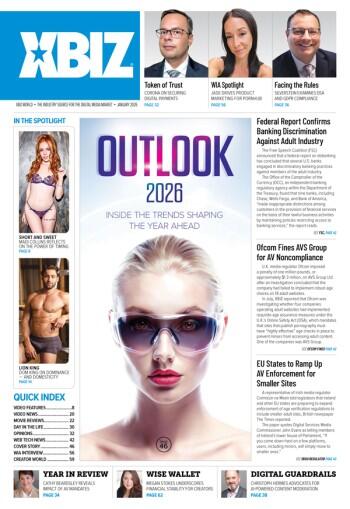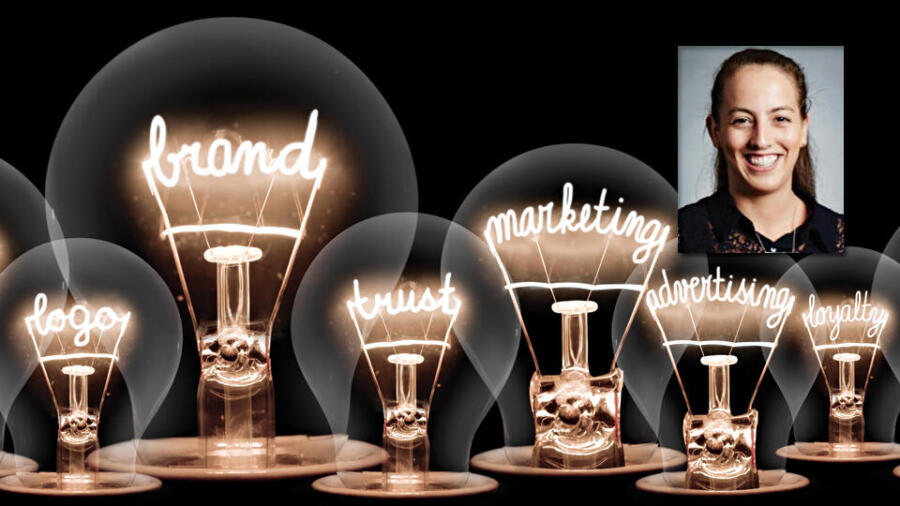If you’ve ever had to Urban Dictionary a word to understand a meme, sheepishly Googled an influencer, or discovered your new favorite song was a TikTok trend six months ago — this one's for you.
As Gen Z comes of age, they’ve started rapidly shifting the culture around sex and sexuality. They’ve grown up in a sex-positive world. Their choices in the bedroom are a statement, not a secret. They’re adventurous, curious and excited about their bodies, and more open about their sex lives than any previous generation.
Doing good while making people feel good is the future of the industry, and Gen Z shouldn’t just be along for that ride — they should be leading it.
Young, social media-savvy sexologists say that they’re working almost exclusively with young people now. Gen Zs treat their sexuality as part of their mental health, and as an avenue for self-improvement. They feel less stigma around their sexual wellness, and instead are working to educate and better themselves. It’s an integral part of who they are.
And most relevant to our business: As consumers, they know who they are, and they buy things that fit into their lifestyle. Their sex toys and accessories need to represent how they view themselves, and where they’re at in life. The way we, as an industry, speak to them needs to support their move into empowerment through sex, claiming their sexuality and investing in their sexual health.
This is a new era for the sex toy and accessory industry. As Gen Z ages into the market, the sell needs to become less about the function or realism of products, and more about how the product makes the consumer feel as a person. They don’t want the same sort of vibrator their mother would have used; they want something created for them — aesthetic, exciting toys and accessories that are worth showing off. So what are the trends and tactics to help nail what will attract Gen Z to a brand?
Let them be included. Gen Zs are interactive, excited and opinionated. Let them have a say in what you’re creating for them. Asking them for their opinions and ideas ensures you’re offering everything they could possibly want, and also helps them feel included and respected in the process. Gen Zs are more likely to remain loyal to brands that listen to them and validate their ideas and views. They’re willing to share their thoughts and insights, which is an incredible resource for creating products people genuinely love.
Blend into their spaces. Raised as digital natives, Gen Zs are the most online and connected generation ever. This also means they’ve grown up surrounded by ads, so they see through those old-school marketing “tricks,” and have learnt to ignore traditional advertising. So we have to get creative, without becoming intrusive. A great example of this is TikTok, where paid ads are viewed with a level of hostility from users. The comment section of a paid advertisement is enough to keep any marketer awake at night. However, brand accounts on TikTok that naturally blend with the rest of the content on the app, and that cleverly weave products into existing trends, can help personify the brand into one that Gen Z wants to interact with, feel seen by, and purchase from.
Your language matters. Gen Z is the most diverse, ethically minded and inclusive generation yet. Gender-neutral, inclusive language that shows them that the products and brand align with their values is important in connecting with them. Making this change now will also help cement your brand as a market leader in a global push to be more inclusive and diverse. It’s a win-win!
Show them the proof. As value-driven, ethical consumers, things like equal rights, sustainability and diverse representation are now the expectation when Gen Zs are looking at brands. These things can’t be done performatively, like slapping a rainbow on your logo during Pride Month but not representing or supporting the LGBTQI+ community at any other time of the year. Gen Z wants to see their brands as a force for good all the time. They want us to put our money where our mouth is when we say we’re supporting something.
Don’t sexualize the sex. For a long time, women were both the market and the product in the adult industry. Gen Z doesn’t want erotica, or to be told these products will make them attractive to other people. They’re all about their pleasure, their health, and real-life experiences. Gone are the days of lingerie and killer heels (unless that’s what they’re into!). Instead, it’s all about comfort — for self-pleasure and connected, empowered sex.
There’s no denying that sex toys are well and truly mainstream now. It’s an exciting time to be welcoming new consumers into this whole new world of empowering sexual wellness. Listening to our customers, embracing their values and doing good while making people feel good is the future of the industry, and Gen Z shouldn’t just be along for that ride. They should be leading it.
GoldbergCoco is the senior business development manager at Vush.








